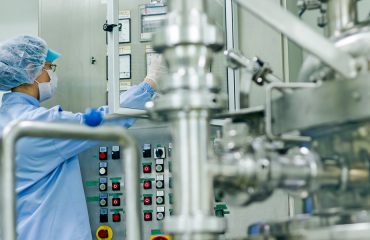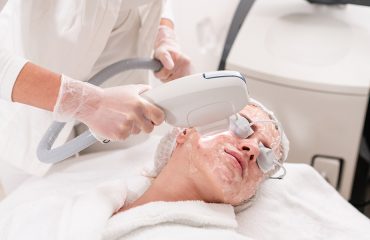The revised draft of China’s medical device classification of sodium hyaluronate products is now open for comments from industry stakeholders until June 16, 2022.
The original draft version of Category Management of Sodium Hyaluronate Products was published in 2009. However, as sodium hyaluronate products are not only used in pharmaceuticals and medical devices, but also commonly used in cosmetics, food, amongst others, this draft has been updated to reflect this by dividing sodium hyaluronate products into three categories:
- “not medical devices”,
- “class II & class III medical devices”,
- “drug-device combination products”.
Sodium hyaluronate products that are not classified as medical devices
Three categories of products containing sodium hyaluronate are explicitly not included in the management of medical devices:
- Sodium hyaluronate products applied to the surface of human body such as skin by rubbing, spraying or other similar methods with the purpose of protection and beautification, should be managed as cosmetics, and it’s forbidden to claim medical use. This is consistent with previous regulatory tone for cosmetics and medical devices, which is intended to further demarcate the boundaries.
- Sodium hyaluronate products used to alleviate vaginal dryness, are excluded from medical devices, drugs and cosmetics classifications .
- Sodium hyaluronate products for the treatment of arthritis, dry eye, etc., should be managed in accordance with drugs.
Sodium hyaluronate products classified as medical devices should be managed as class II & class III devices
The revised draft lists 11 situations in which the products should be managed as class II & class III medical devices including lubricants and anti-adhesion materials (contact us for the full list). Below you will find information about medical dressings, facial masks and injected products.
Medical dressings
The revised draft classifies sodium hyaluronate used in a medical dressing it is classified as:
- a class III medical device if the product can be partially or completely absorbed by human body, or used for chronic wounds
- a class II medical device if the product cannot be absorbed by human body and used for non-chronic wounds
Medical facial mask
The much hyped “medical facial mask” is classed as a class II medical sodium hyaluronate dressing in this revised draft. Once the final guideline is implemented, facial masks containing sodium hyaluronate will require class II medical device product registrations and approval for sale and use in China. This is therefore expected to cause another shockwave to the facial mask market.
Injected products
Another interesting point is that injected sodium hyaluronate products are managed as Class III medical devices, whether the product plays a shaping or moisturizing role.
The provision in the revised draft that “when injected into the dermis layer, mainly used to improve the state of the skin with the moisturizing and hydrating effect of the sodium hyaluronate, the products are managed as Class III medical devices” is interpreted by the industry as “hydro lifting”.
Sodium hyaluronate products classified as drug-device combination products
First of all, the injection fillers for plastic surgery that contain drugs are defined as drug-device combination products based on medical devices, and are clearly included in the management of medical devices.
Secondly, for medical dressing products containing antibacterial ingredients, such as products that achieve their intended use through antibacterial effects, they are judged to be drug-device combination products based on drugs, which are included in drug management, and products that achieve their intended use through physical coverage of wounds and seepage absorption are included in medical device management.
Proposed transition period for product classification changes
The revised draft proposes an implementation transition period of about 2 years. Any enterprises concerned by these changes shall complete any necessary changes before December 31, 2024.
How to submit comments on the China medical device classification of sodium hyaluronate
The deadline for comments is June 16, 2022. Cisema customers may submit their comments to their respective regulatory affairs project manager otherwise comments may be sent directly to mdct@nmpa.gov.cn. The subject of the email should be marked as ” Announcement on the Category Management of Medical Sodium Hyaluronate Products “.
Classification of your sodium hyaluronate product
If you are unsure of the classification of your product containing sodium hyaluronate, please contact Cisema for an evaluation and pathway on registering or renewing registrations.
Medical device classification in China
Cisema helps companies with their medical device classification in China as well as the classification of drugs, and drug-medical device combination products.
By Grace Guo and Victoria Caldy.

 Deutsch
Deutsch  Italiano
Italiano  Français
Français  日本語
日本語  한국어
한국어 



